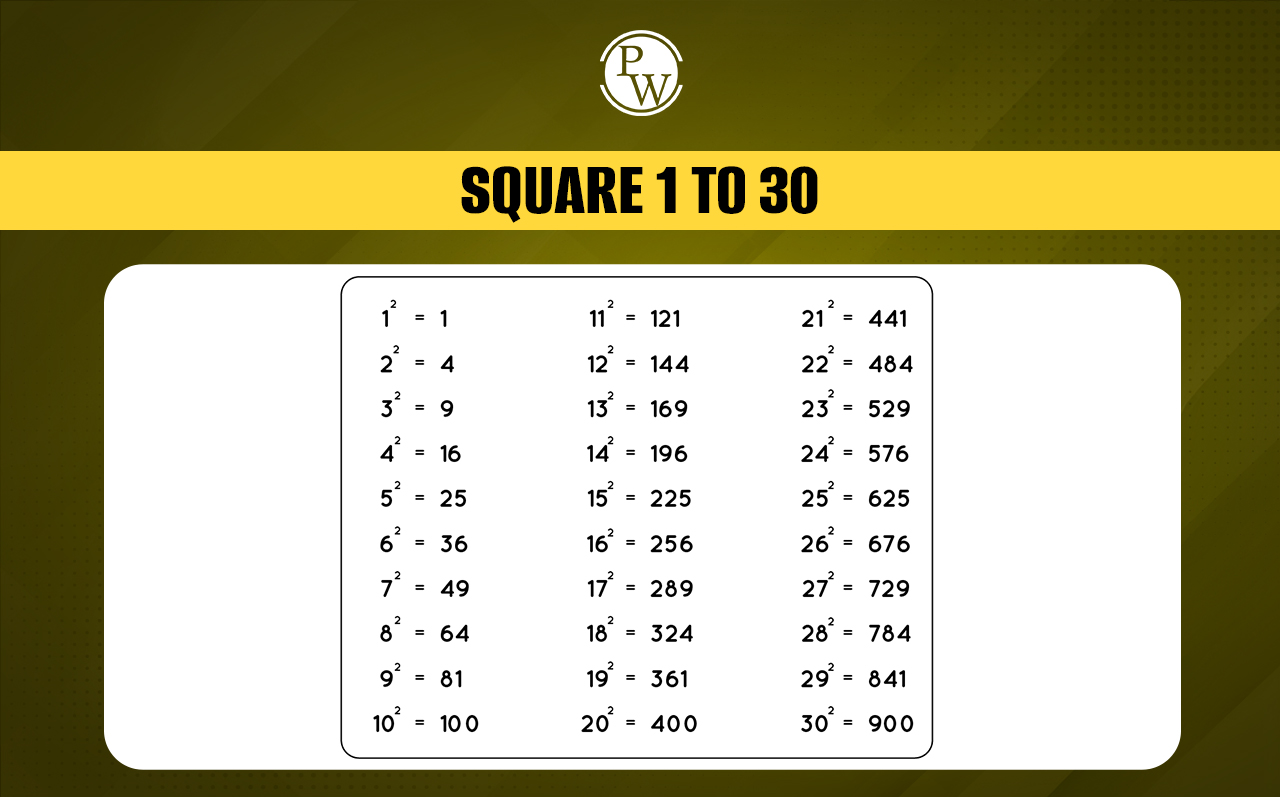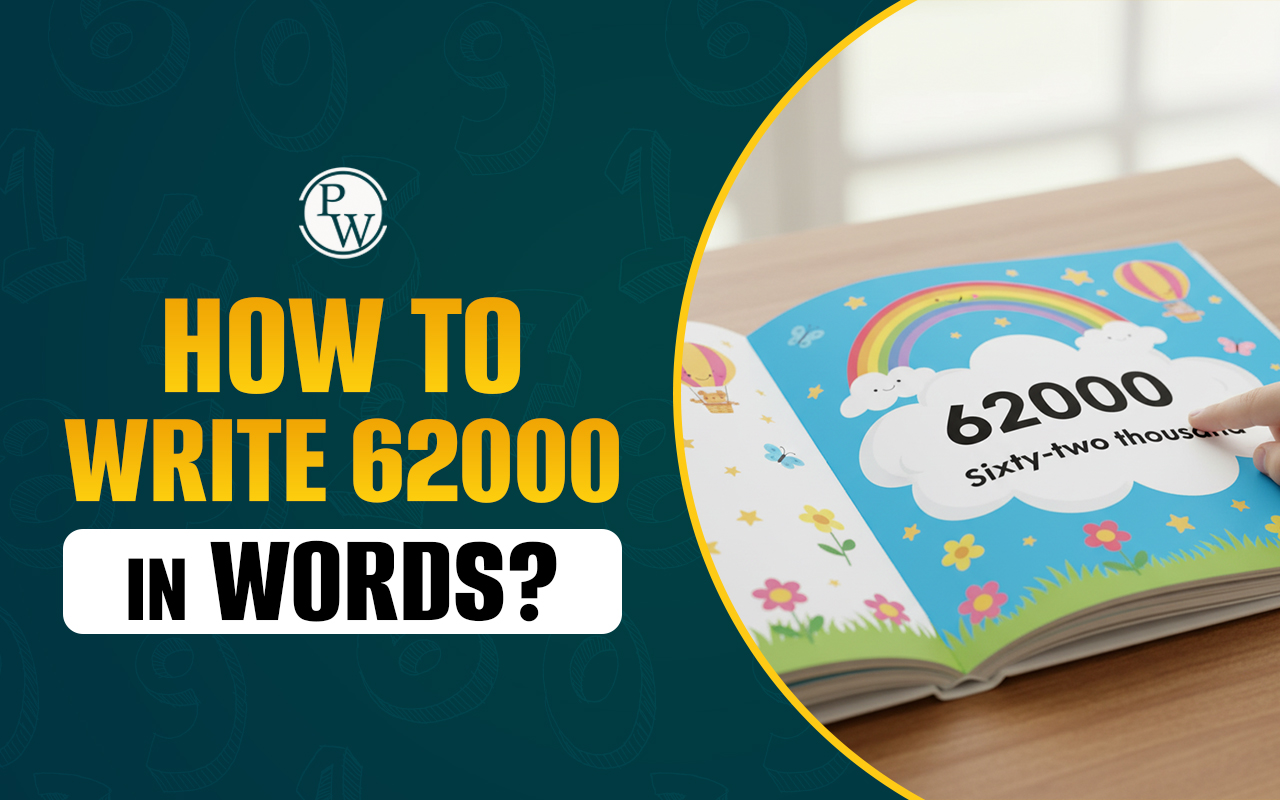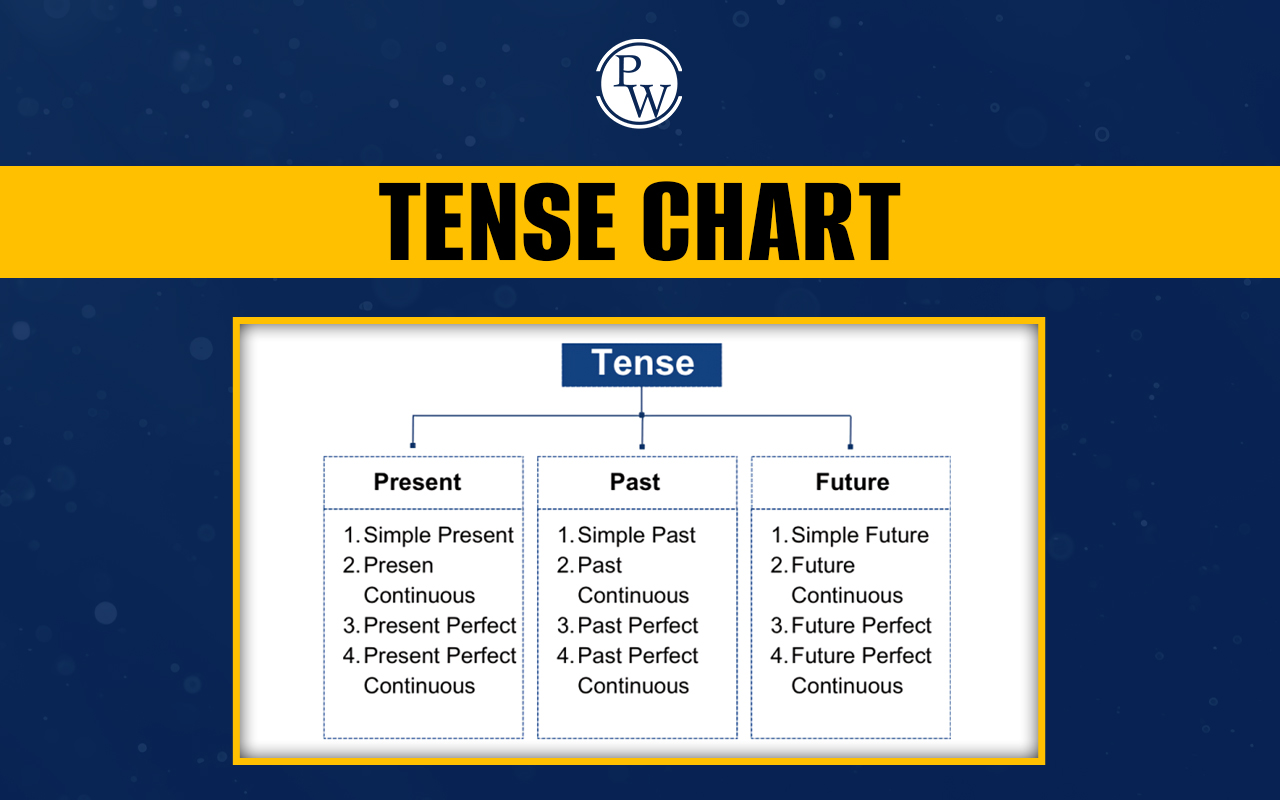

NCERT Solutions for Class 4 EVS Chapter 19: NCERT Solutions for Class 4 EVS Chapter 19 Abdul in the Garden helps students understand the story about Abdul a boy who discovers different plants and trees in his garden.
The chapter teaches students about the importance of gardens and nature. The solutions answer questions from the chapter and explain Abdul’s experiences in a simple way. By using these solutions, students can learn more about plants, gardens, and how to take care of the environment.NCERT Solutions for Class 4 EVS Chapter 19 Abdul in the Garden Overview
NCERT Solutions for Class 4 EVS Chapter 19 Abdul in the Garden are prepared by subject experts of Physics Wallah to provide a clear and thorough understanding of the chapter. These solutions break down Abdul's experiences in the garden provide simple explanations and detailed answers to help students grasp key concepts about plants and nature. By using these expert-prepared solutions, students can effectively engage with the chapter’s content, enhance their learning experience, and develop a better appreciation for gardening and environmental care.Related links-
NCERT Solutions for Class 4 EVS Chapter 19 Abdul in the Garden PDF
The PDF link for the NCERT Solutions for Class 4 EVS Chapter 19 Abdul in the Garden is available below. By accessing this PDF students can easily follow along with Abdul’s story, understand the key concepts about plants and gardens, and enhance their learning with clear expert guidance.NCERT Solutions for Class 4 EVS Chapter 19 PDF
NCERT Solutions for Class 4 EVS Chapter 19 Abdul in the Garden
Below we have provided NCERT Solutions for Class 4 EVS Chapter 19-NCERT Solutions for Class 4 EVS Chapter 19 Abdul in the Garden Page No: 158
Abdul in the Garden
1. The stick which was stuck in the ground fell very easily. It was difficult to pull out a small grass. Why?
Answer:
The stick fell easily because it had no roots anchoring it to the soil, making it less stable. In contrast, the small grass had firmly established roots that held it tightly in the soil. These roots provided a strong grip, making it difficult to pull out the grass. The difference in stability between the rooted grass and the stick explains why the grass was harder to remove.2. Do all plants have roots?
Answer:
Yes, all plants have roots. Roots are important for plants as they anchor them to the soil, absorb water and nutrients, and store food. While the size and structure of roots can vary greatly among different plant species, every plant has a root system that performs these vital functions.3. Look at some plants and trees around you. Imagine how deep and spread out the roots of these are.
Answer:
The depth and spread of roots can vary significantly among plants and trees. For many small plants, roots extend 2 to 10 inches deep into the soil. Trees, however, have much deeper and more extensive root systems. The roots of some trees can reach depths of 5 to 10 feet, and in certain cases, they may extend as deep as 50 feet into the ground. The spread of roots can also be quite broad, often extending outwards beyond the canopy of the tree or plant, allowing them to access more water and nutrients.4. After three days, Abdul saw that one broken part of the pea plant had dried. Guess which part would have dried up? Why?
Answer:
The leaves of the broken part of the pea plant would have dried up. This is because, without the support of the plant's roots, the broken part was unable to receive water and nutrients from the soil. As a result, the leaves lacked the essential resources needed to stay healthy and fresh, causing them to dry out.5. Why do you think the neem tree did not fall despite the strong wind?
Answer:
The neem tree did not fall despite the strong wind because its roots are large, strong, and deeply anchored in the soil. These robust roots provide excellent stability and support, allowing the tree to withstand the force of the wind without toppling over. The strength and depth of the roots play a important role in keeping the tree secure and upright.6. On putting water in the soil where the plants are growing, the dropping leaves become fresh again. How?
Answer:
When water is added to the soil where plants are growing, the roots absorb this water and transport it throughout the plant. This process helps to rehydrate the leaves and other parts of the plant, which can become fresh and revitalized. Adequate water supply restores the plant's turgidity, preventing the leaves from drooping and helping them regain their healthy appearance.7. What do you feel, do all plants need water?
Answer:
Yes, all plants need water.8. Which of the plants around you need regular watering?
Answer:
Flowering plants generally need regular watering. They require consistent moisture to support their growth, maintain vibrant blooms, and ensure overall health. Without adequate water, flowering plants may wilt, have reduced flower production, or even die.9. What will happen if nobody gives water to these plants?
Answer:
If no water is given to these plants, they will eventually die. Without sufficient water, plants cannot carry out essential processes such as nutrient absorption and photosynthesis. This leads to wilting, nutrient deficiencies, and ultimately, the death of the plant.10. Abdul realised that he had never watered the huge neem tree. “Where did it get its water from?” he thought. Which of the plants around you do not need watering? Where do they get water from? Make two guesses.
Answer:
The huge neem tree gets its water from deep within the soil through its extensive root system, which reaches groundwater sources. Similarly, other large trees such as mango and banyan trees often do not require regular watering from us because their roots are deep and can access moisture from underground water reserves. These trees are adapted to survive on natural water sources and rainfall.11. Abdul wondered whether radish was a root. Why did he think so?
Answer:
12. Look at the pictures below and find out which of these vegetables are roots.

Answer:
The following vegetables are roots.


Abdul has more Questions
1. How deep must the roots of this plant be going?
Answer:
The roots of this plant would extend between 10 to 20 inches deep into the soil. This depth allows the plant to access sufficient water and nutrients needed for healthy growth.2. How do the roots get water?
Answer:
The roots get water from the soil, where they absorb moisture and nutrients. They penetrate the soil to reach groundwater and other sources of moisture, which are essential for the plant's growth and health.3. How big will this plant grow?
Answer:
The plant can grow quite large, depending on its species and growing conditions. Factors such as soil quality, water availability, and sunlight can influence its size. Generally, with optimal conditions, the plant has the potential to reach a considerable size, both in height and spread.4. What will happen to the wall?
Answer:
If the plant is not removed, its roots can penetrate and exert pressure on the wall, potentially causing it to crack and eventually break. As the roots grow and spread, they may disrupt the structural integrity of the wall, leading to damage.5. Can you give the name of the plant in the picture?
Answer:
The plant shown in the picture is the peepal tree. It is known for its extensive root system and large, heart-shaped leaves.6. Have you ever seen a plant growing from a crack in a wall?
Answer:
Yes, I have seen a plant growing from a crack in the wall of my grandmother’s house. It was interesting to see how the plant managed to find space and grow despite the challenging conditions.7. Where was it?
Answer:
It was on the back wall of her house. The plant had found its way through a crack in the wall and was growing there.8. Did you have any questions when you saw it?
Answer:
Yes, I had one question in my mind when I saw it.9. What were some of your questions? Ask elders and find the answers. Find out the name of the plant you saw.
Answer:
One of my questions was, "How did the seed of that plant end up in the crack of the wall?" Elders explained that the seed was likely carried by a bird and deposited in the crack. The plant I saw growing there was a banyan tree.NCERT Solutions for Class 4 EVS Chapter 19 Abdul in the Garden Page: 161
1. Would someone have uprooted such a big tree, or would it have fallen on its own?
Answer:
Strong winds, natural disasters, or severe weather conditions could have uprooted such a big tree. If the tree's roots were compromised or if the soil was eroded, it might have fallen on its own.2. How old would this tree be?
Answer:
This tree would be no less than 55 years old.
3. Abdul, on seeing a tree surrounded by cemented ground, thought that how will it get rainwater?
Answer:
The tree gets water through its roots, which extend deep into the soil beneath the cemented ground. Even if the surface is covered with cement, the roots can reach underground water sources and moisture.Let us talk
1. Which are the oldest trees in your area? Find out from your elders how old the trees are.
Answer:
In my area, the oldest tree is a huge banyan tree located at the bank of a pond in my native village. According to the elders, it is more than 150 years old.2. Name animals who live on this tree.
Answer:
3. Have you ever seen any big tree that had fallen down? What did you think when you saw it?
Answer:
Yes, I have seen a big tree that had fallen down on the bank of the river due to a flood. I was amazed by the huge, thick, and long roots of the tree, which were exposed and displayed the tree's strength and size.Unusual Roots
1. Have you swung from a banyan tree?
Answer:
Yes, I always swing from a banyan tree with my friends whenever I visit my village. The strong branches and large canopy make it a perfect spot for swinging and playing.2. What did you hold to swing?
Answer:
I hold onto the rope-like thick vines or branches that hang from the banyan tree to swing. These sturdy structures provide a strong grip for swinging.3. Have you seen any tree which has roots growing from its branches?
Answer:
Yes, the big banyan tree near my home and the one in my village have several long, root-like structures growing from their branches. These structures, known as aerial roots, help support the tree and provide additional stability.Let us do this
1. Did you observe the seedlings come out of the seeds?
Answer:
Yes, I observed that seedlings emerge from the seeds. It’s fascinating to see how they grow and develop into new plants.2. Draw the picture of the seedling as it looks on the fourth and the eighth day.
Answer:

Write in your notebook
1. What difference did you observe in the seeds after soaking? Compare with dry seeds and write.
Answer:
I observed that after soaking, the seeds became swollen and began to sprout within two days. In contrast, the dry seeds did not swell or sprout. This shows that soaking helps seeds absorb water, which is crucial for germination.2. What do you think would happen if the cotton wool had been left dry?
Answer:
If the cotton wool had been left dry, the seeds would not sprout. Seeds need moisture to absorb and initiate the germination process, so without it, they remain dormant and do not grow.3. In which direction did the roots grow? And the stem?
Answer:
The roots grew downward into the soil to anchor the plant and absorb water, while the stem grew upward toward the light, allowing the plant to reach for sunlight and support its growth.4. How big did the plant grow in the cotton wool?
Answer:
The plant grew up to a height of 5 cm.5. Did small plants come out from all the seeds?
Answer:
Yes, small plants emerged from all the seeds. This indicates that the seeds were viable and received the necessary conditions for germination.6. What is the colour of the roots?
Answer:
The colour of the roots is off-white.7. Did you see any hair on the roots?
Answer:
Yes, I notice the hair on the roots after 7 days.8. Try and pull out one little plant from the cotton wool. Were you able to pull it out? Why?
Answer:
Yes, I was able to pull out the little plant, but it required considerable effort. The roots had tightly intertwined with the cotton wool, making them difficult to detach.9. Did you see how the roots grip the cotton wool? Do you think that the roots hold the soil in the same way? Also, look at the plants grown by your friends.
Answer:
Yes, I observed how the roots grip the cotton wool tightly. I think the roots hold the soil in a similar way, firmly anchoring the plant in place. Similarly, the roots of plants grown by my friends also gripped the cotton wool effectively.What Grows?
1. What do you think? Which of these things listed by Arif and Roopali grow?
Answer:
I think all the things listed by Arif and Roopali will grow.2. Why don’t you make your own list of things that grow?
Your list can include the names of things that are on Arif’s and Roopali’s lists.
Answer:
Rats, plants, lizards, hair, nail, cats, dogs, etc., grow.3. Think about yourself – in what ways have you changed over a period of time? Have you grown in any way? For example –
Answer:
Yes, I have grown bigger.(a) Has your height increased? How much taller have you grown in the last one year?
Answer:
Yes, my height has increased by 11 cm in the last one year.(b) What other part of your body (some people cut it regularly) keeps growing?
Answer:
Our hair keeps growing.Benefits of NCERT Solutions for Class 4 EVS Chapter 19 Abdul in the Garden
Comprehensive Understanding : The solutions provide a detailed explanation of each question, helping students grasp key concepts about plant growth and gardening.
Enhanced Learning : By following the solutions students can better understand the process of plant development, including how roots and leaves function, which help their knowledge through practical examples.
Improved Performance : These solutions help students practice and master the content, leading to improved performance in exams and assignments by providing clear, accurate answers to chapter-specific questions.
Accessible Learning : With step-by-step guidance, these solutions make it easier for students to tackle challenging questions and develop problem-solving skills independently.
NCERT Solutions for Class 4 EVS Chapter 19 Abdul in the Garden FAQs
What is the main theme of Chapter 19 "Abdul in the Garden"?
Why did Abdul observe the garden carefully?
What are some of the key observations Abdul made about plants in the garden?
How does the chapter explain the role of roots in a plant?
What happens to plants if they do not receive enough water?












